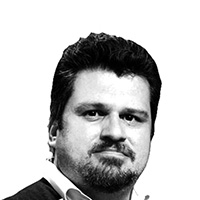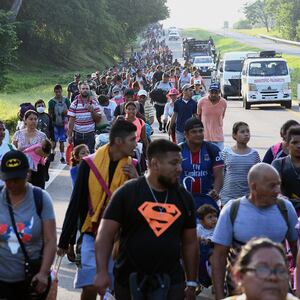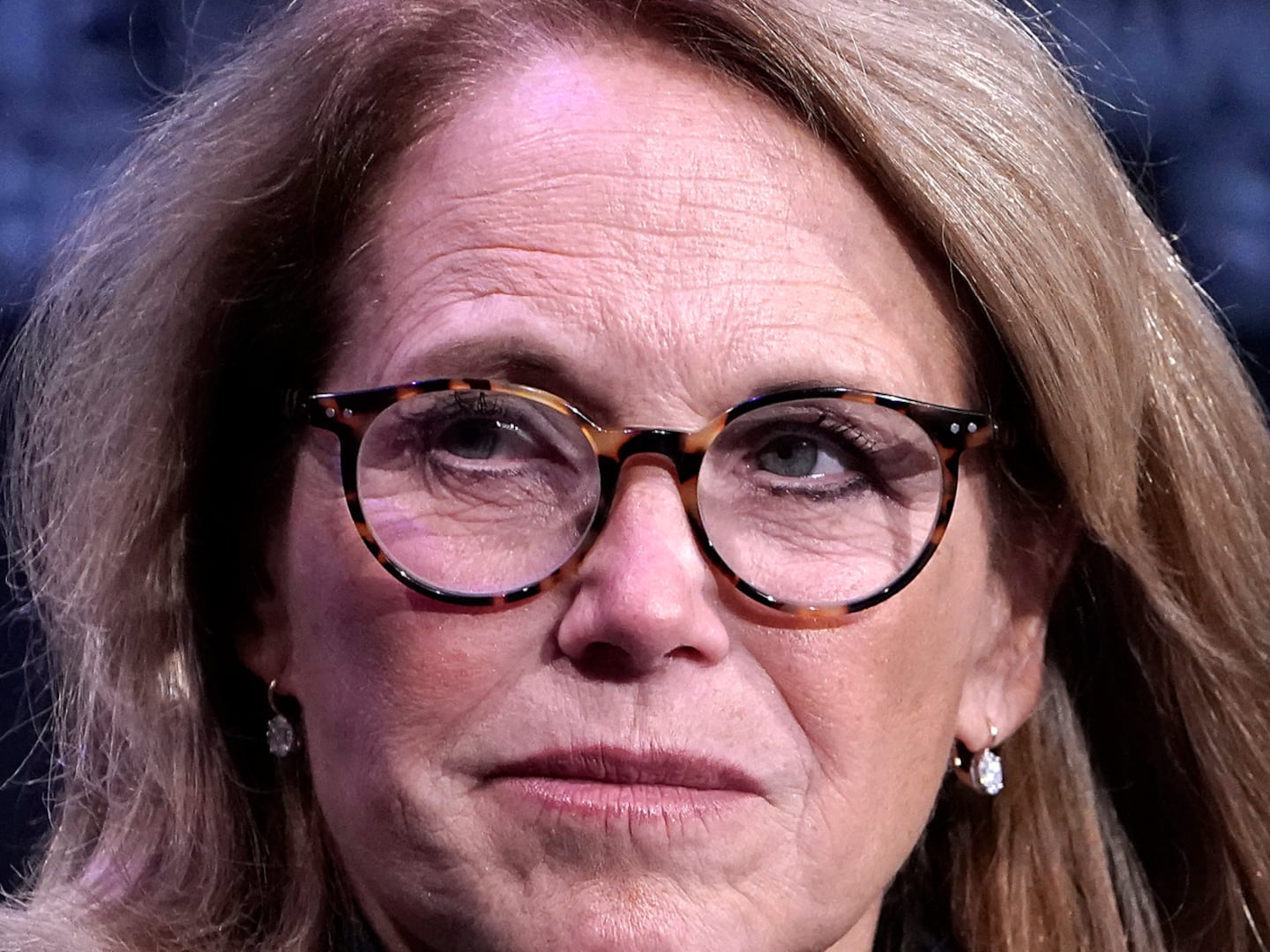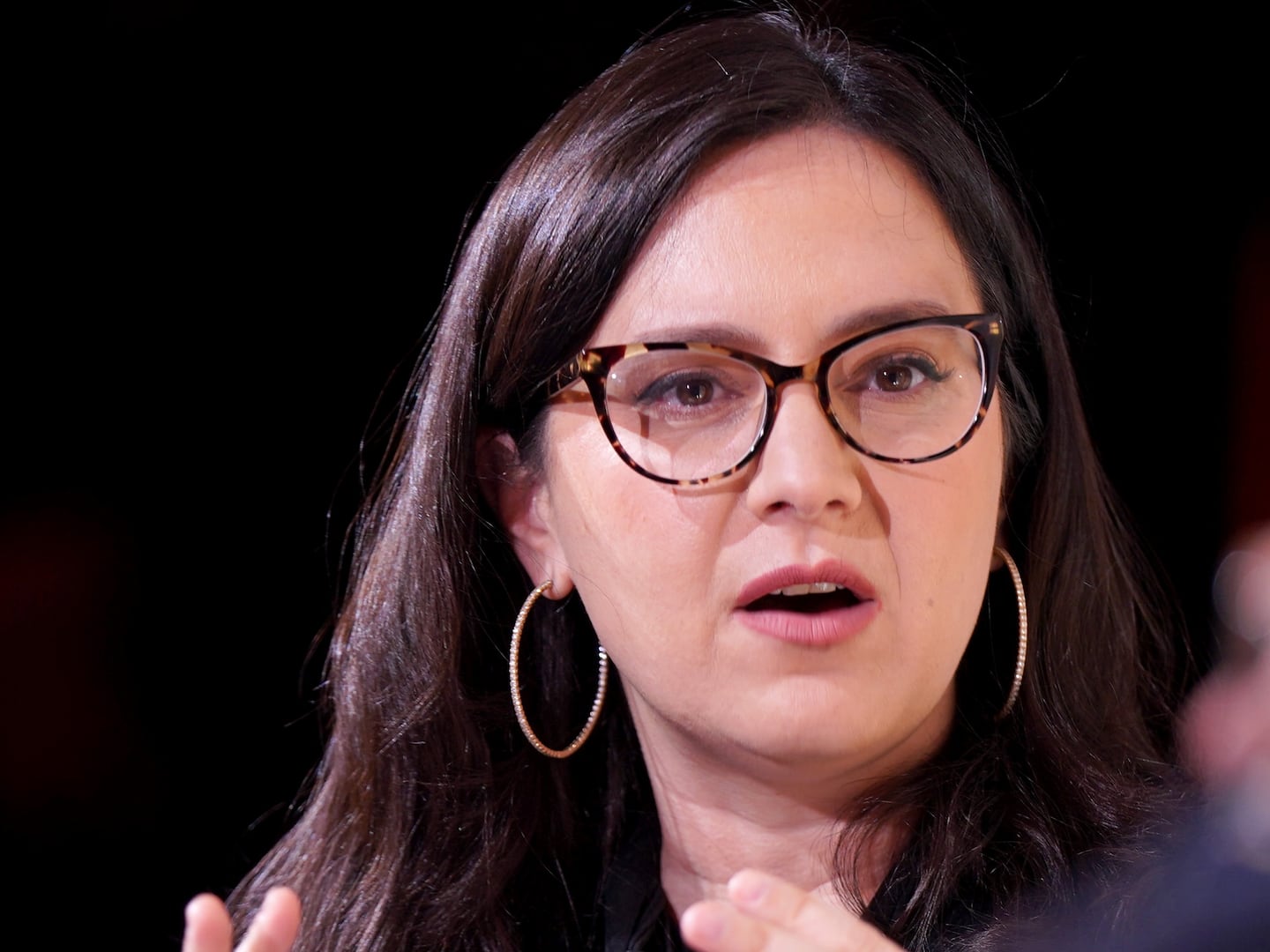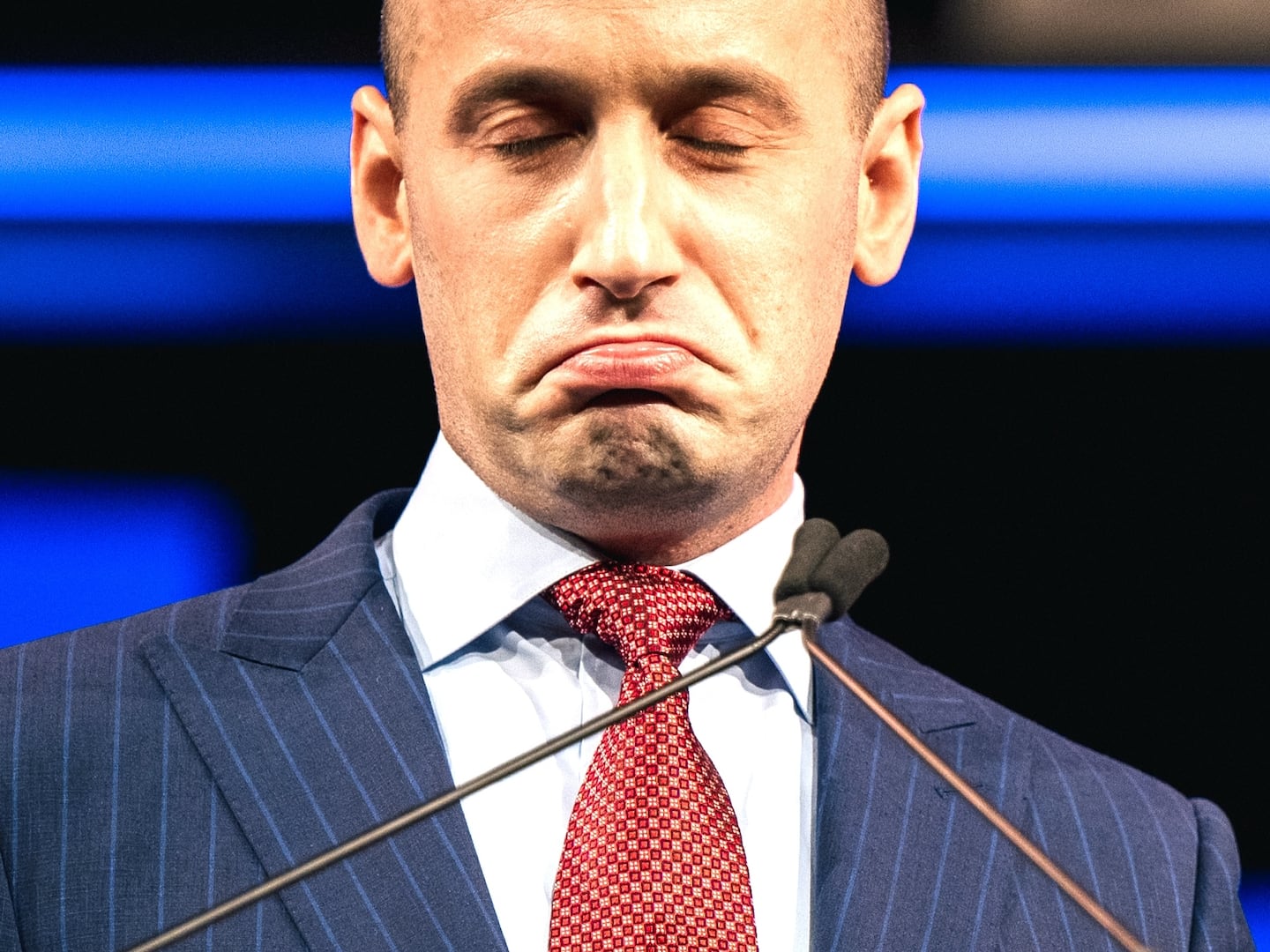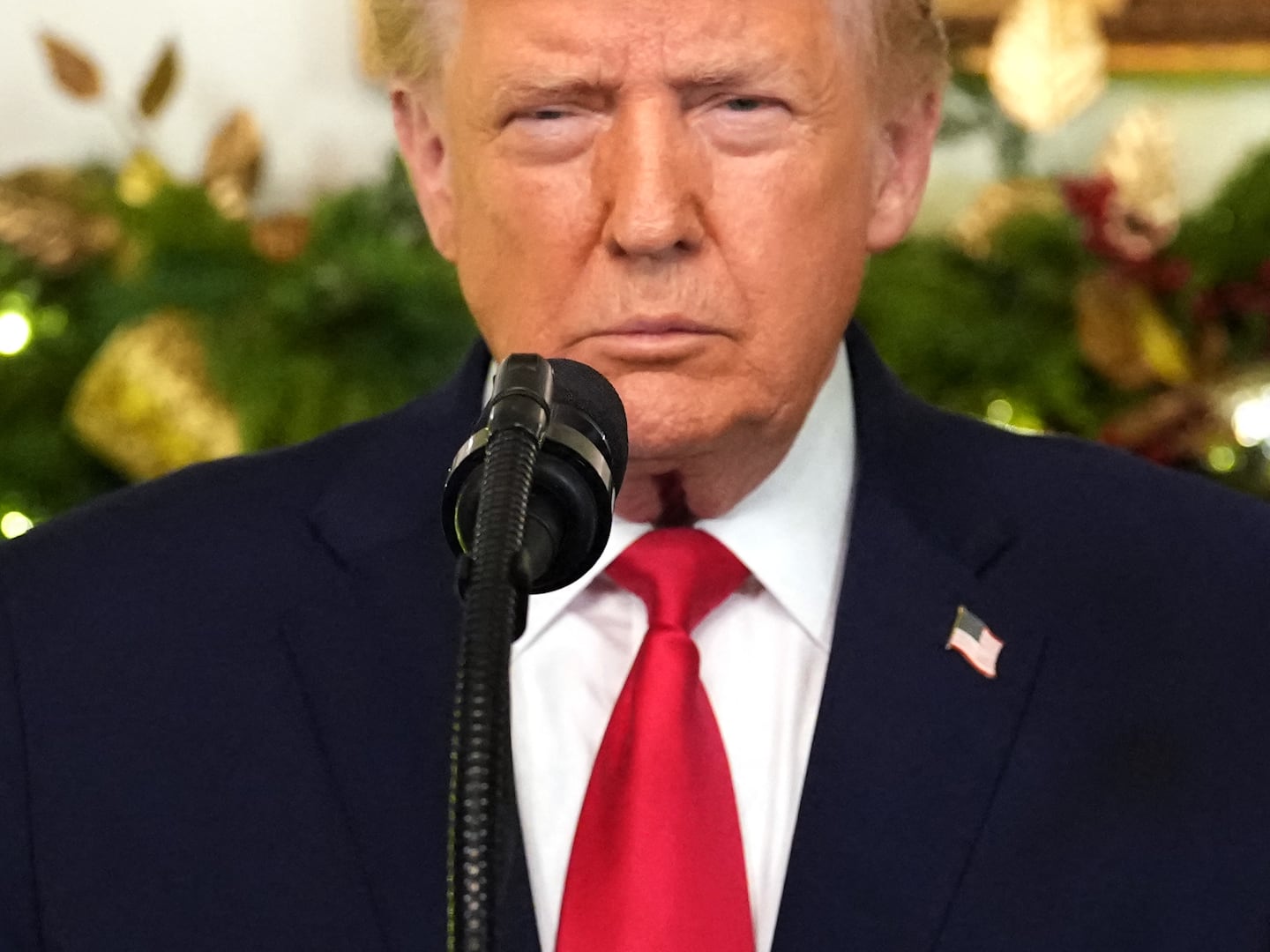Joe Biden has been spoiling for a fight on police reform for some time.
A few days after George Floyd was murdered on May 25, 2020, by Minneapolis Police Officer Derek Chauvin, Biden—who was then running for president—addressed the nation.
He called for police reform— including a ban on chokeholds, the establishment of rules for use of force, and a review of the hiring, training, and de-escalation practices of every police department in the country.
“No more excuses,” Biden said. “No more delays.”
But there was a delay—a long one. After the shock of Floyd’s murder two years ago, many Americans yearned for a kinder and gentler form of policing. We “reimagined” a new model where these public servants actually served the public. Under the new model, maybe social workers could deal with non-violent offenders, including the homeless and those struggling with substance abuse. There was talk of punishing bad cops, scrapping laws that limit civil liability, and defunding police departments.
Of course, that was before March 1, 2022, when President Biden deflated the defund movement in his State of the Union with just 17 words.
“We should all agree the answer is not to defund the police,” Biden said. "It’s to fund the police.”
Now, nearly three months later, after a lot of negotiation with police unions and civil rights groups, Biden has another answer—one that might get us closer to actual police reform.
The president just signed an executive order)" href="https://urldefense.com/v3/__https://www.whitehouse.gov/briefing-room/statements-releases/2022/05/25/fact-sheet-president-biden-to-sign-historic-executive-order-to-advance-effective-accountable-policing-and-strengthen-public-safety/__;!!LsXw!S76M-NeXLghfhSrVLgxmclDyJTvXP_B06XZ3Gw1-0r5-rLVvF4BkWurMcLq6e48fw5lMiAKrIo859wy8SYrjau_FvfNM$">signed an executive order designed to bolster the accountability of police officers. It calls for the creation of national standards for the accreditation of police departments and the establishment of a national database of cops who have been disciplined.
The executive order will also instruct federal law enforcement agencies to update their own use-of-force policies, authorize the Justice Department to use federal grant funding to incentive local police to tighten restrictions on the use of choke-holds and no-knock warrants, and—in a nod to those who worry that policing has become militarized—limit the sale of surplus military equipment to local police departments.
As the son of a retired cop who would like to see the administration go further on police reform, I sought out a couple of different perspectives on what good reform (and bad reform) would look like.
Cid Martinez is an associate professor of sociology at the University of San Diego, and the author of The Neighborhood Has Its Own Rules: Latinos and African Americans in South Los Angeles. He teaches courses in criminology as well as community policing, and his research is centered on gun violence, gang intervention, and trust building
Bob Harrison is a retired police chief in three municipalities with 30 years of law enforcement experience, who now serves as an adjunct researcher at RAND Corporation and as a course manager for the CA Peace Officer Standards and Training’s (POST) Command College—a San Diego-based graduate program for law enforcement professionals.
Both men believe the key to any successful attempt at police reform is rebuilding trust between cops and communities. Both are skeptical about what Biden sees as the silver bullet of “community policing,” which the former senator from Delaware championed in the 1990s. And both emphasized that cops can’t do everything, arguing that communities must keep themselves safe with neighborhood watch programs and other citizen-driven actions.
“There is no standard definition of what community policing means,” Martinez noted. “It’s just rhetoric. Community policing also puts the onus of trust on the community. It puts pressure on black and brown communities and asks them to trust police, but it doesn’t address the lack of trust that police have toward the community.”
From the point of view of law enforcement, knowing that the community has your back is essential to making any reform effort work.
“The police departments that are successful have the support of the community,” Harrison said. “They have well-trained staff. They have defined what ‘success’ looks like—not just in a law enforcement sense but in a community sense. A great police model is much more community defined. I would bring in community leaders, even those who had grievances. Local control is also essential. We need to create state and national standards of good policing but allow flexibility for that to be adapted at the local level.”
Of course, it can be difficult for a community to cooperate with police when they perceive the institution as being overly aggressive.
“That’s the paradox,” Martinez said. “Communities are demanding police reform. At the same time, police departments are now coming in with more suppression. It’s a genuine response to rising crime rates, especially a spike in gun-related homicides. Still, suppression has a cost. Police may not set out to harass or profile people. But, when that happens, it damages trust.”
Harrison believes that part of the problem is how society views police, what we expect from them and the role we count on them to play.
“We look at the police as an individual actor, or as simply part of the criminal justice system which has a lot of moving parts,” he said. “We need to elevate the profession and think of it as part of the community safety system. We need to ask: How do we create the social glue that holds us together and how do police fit into that? If cops think of themselves as facilitators of public safety and not necessarily as just law enforcers, that starts a deep shift that can change the cop culture.”
But the culture isn’t all that needs changing. Policing also needs new blood. It’s impossible to talk about police reform without talking about the qualities we should be looking for in police officers.
“You need to get people into the profession who are flexible and adaptable, who know the law well and understand the spirit of the law in terms of how to apply it,” Harrison said. “Then you have to factor in the variables, including whether the officer will be supported by the public, prosecutors, the department and the media. Policing is fantastically complex. Yet we give recruits 960 hours of academy training and 12 weeks of field training, and put them out in the field and wish them good luck.”
I grew up around cops, and I’ve been surrounded by policing my whole life. Yet, I admit, I still don’t understand the profession fully. But this much I do know: police reform is much too important to be left to the police alone.
All Americans have a role to play in helping to keep our homes and neighborhoods safe. That starts with building up rather than tearing down the brave men and women who do an essential but thankless job with no guarantee that, at the end of the work day, they’ll see their families again.
